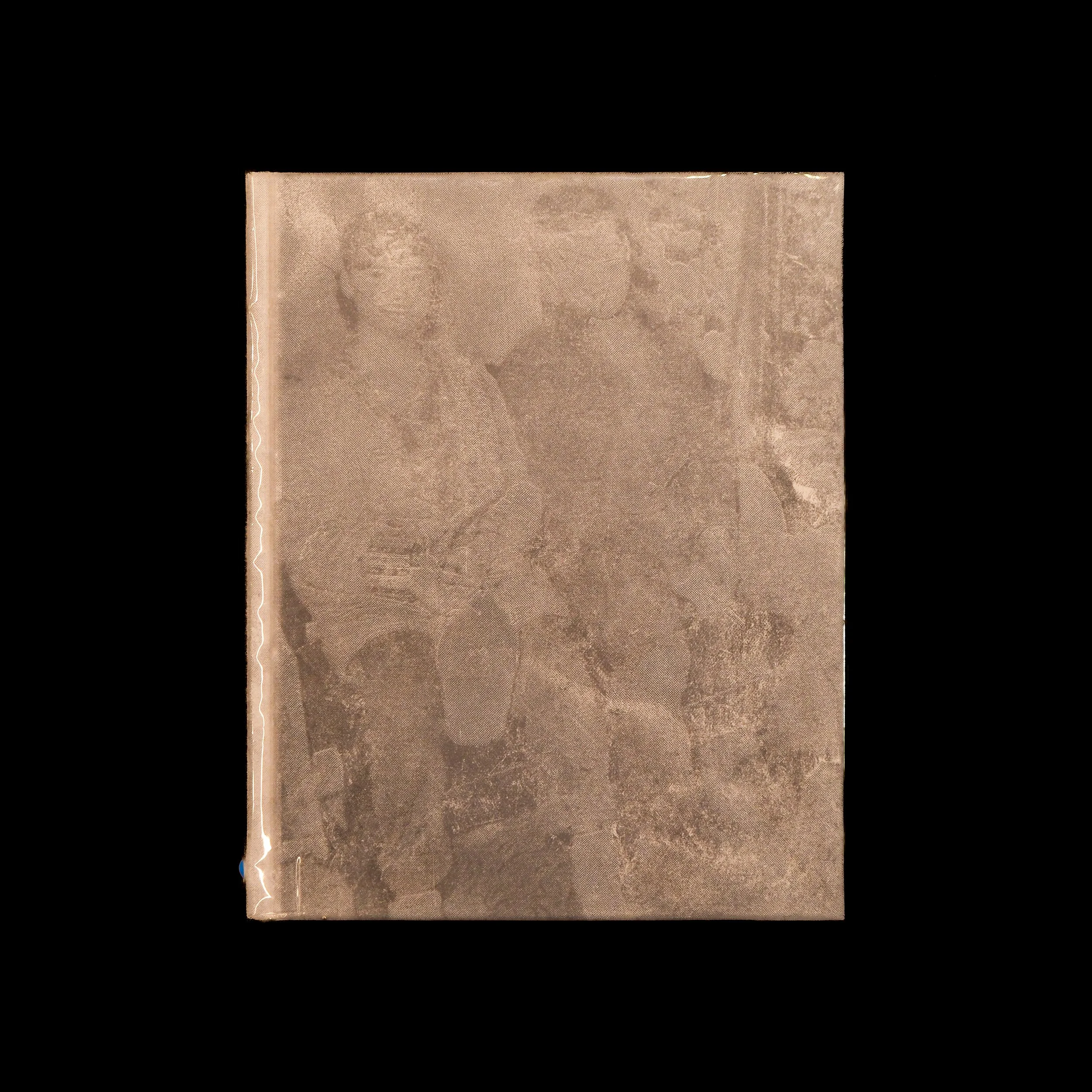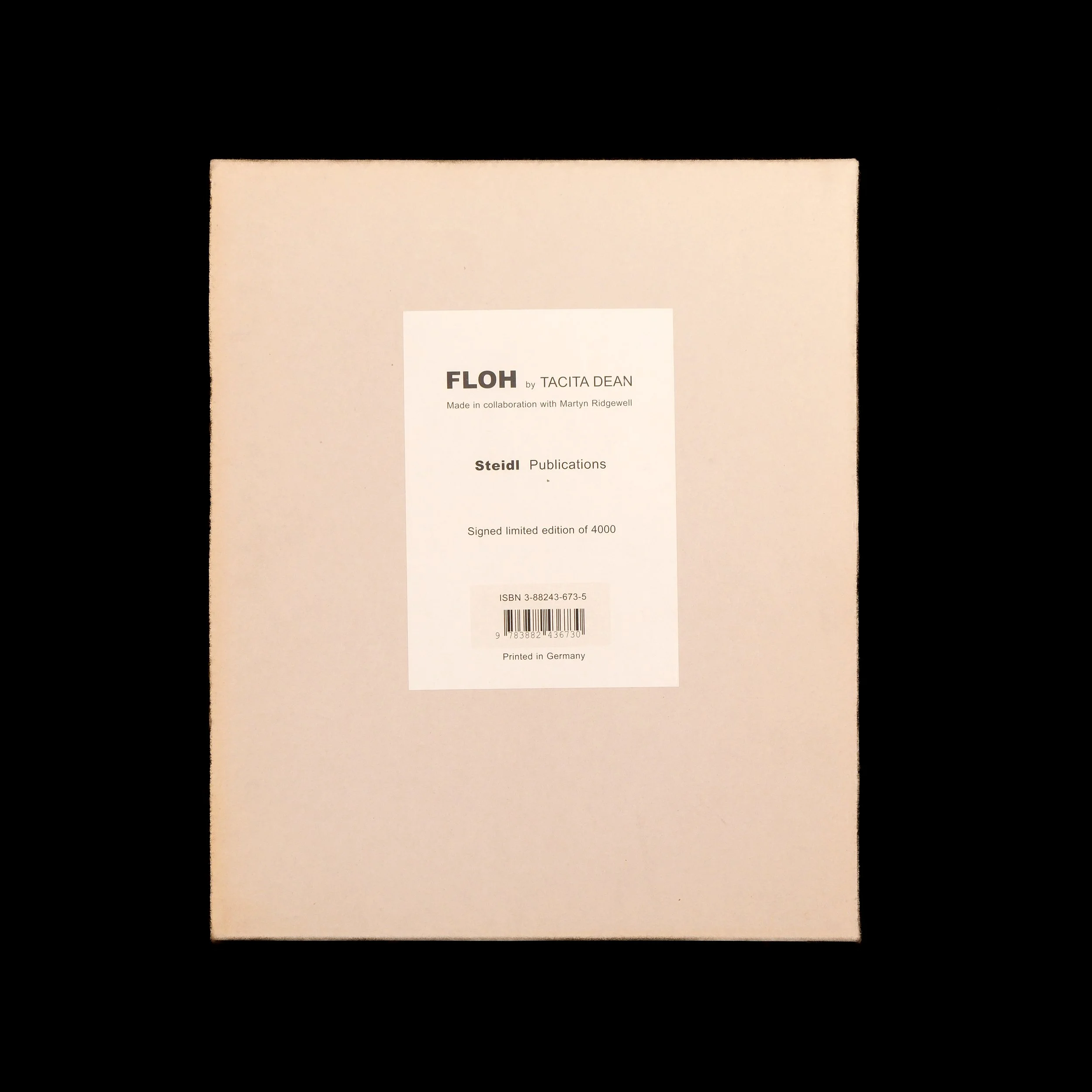 Image 1 of 1
Image 1 of 1


REDHEADED PECKERWOOD - Christian Patterson
Redheaded Peckerwood is a work with a tragic underlying narrative: the story of 19-year-old Charles Starkweather and 14-year-old Caril Ann Fugate, who murdered ten people, including Fugate's family, in a three-day killing spree across Nebraska, until their arrest in Douglas, Wyoming. The images immortalize the locations and central elements of the story, illustrate the ideas behind them, and capture other moments and discoveries encountered along the way. Technically, the photographs incorporate and reference the techniques of photojournalism, forensic photography, image appropriation, reconstruction and documentary landscape photography. Conceptually, they deal with a charged landscape and play with photographic representation and truth, as the work deconstructs a pre-existing narrative. Redheaded Peckerwood also uses and plays with pre-existing archives, deliberately mixing fact and fiction, past and present, myth and reality, while presenting, developing and retelling the various facts and theories surrounding this story.
While photographs are at the heart of this work, they are complemented and enriched by documents and objects that belonged to the murderers and their victims, including a card, a poem, a confession letter, a stuffed animal, a hood ornament and various other objects. In several cases, these documents were discovered by the artist and are presented here for the first time. In book form, the work is presented as a kind of visual record of the crime, comprising pieces of paper inserted into the book. The many individual elements included serve as clues and clues in this visual puzzle. In this way, the viewer is left to make connections and solve mysteries.
Signed copy.
Published by MACK, 2011
164 pages
19 x 24 cm
ISBN: 978-1-907946-14-1
Redheaded Peckerwood is a work with a tragic underlying narrative: the story of 19-year-old Charles Starkweather and 14-year-old Caril Ann Fugate, who murdered ten people, including Fugate's family, in a three-day killing spree across Nebraska, until their arrest in Douglas, Wyoming. The images immortalize the locations and central elements of the story, illustrate the ideas behind them, and capture other moments and discoveries encountered along the way. Technically, the photographs incorporate and reference the techniques of photojournalism, forensic photography, image appropriation, reconstruction and documentary landscape photography. Conceptually, they deal with a charged landscape and play with photographic representation and truth, as the work deconstructs a pre-existing narrative. Redheaded Peckerwood also uses and plays with pre-existing archives, deliberately mixing fact and fiction, past and present, myth and reality, while presenting, developing and retelling the various facts and theories surrounding this story.
While photographs are at the heart of this work, they are complemented and enriched by documents and objects that belonged to the murderers and their victims, including a card, a poem, a confession letter, a stuffed animal, a hood ornament and various other objects. In several cases, these documents were discovered by the artist and are presented here for the first time. In book form, the work is presented as a kind of visual record of the crime, comprising pieces of paper inserted into the book. The many individual elements included serve as clues and clues in this visual puzzle. In this way, the viewer is left to make connections and solve mysteries.
Signed copy.
Published by MACK, 2011
164 pages
19 x 24 cm
ISBN: 978-1-907946-14-1





